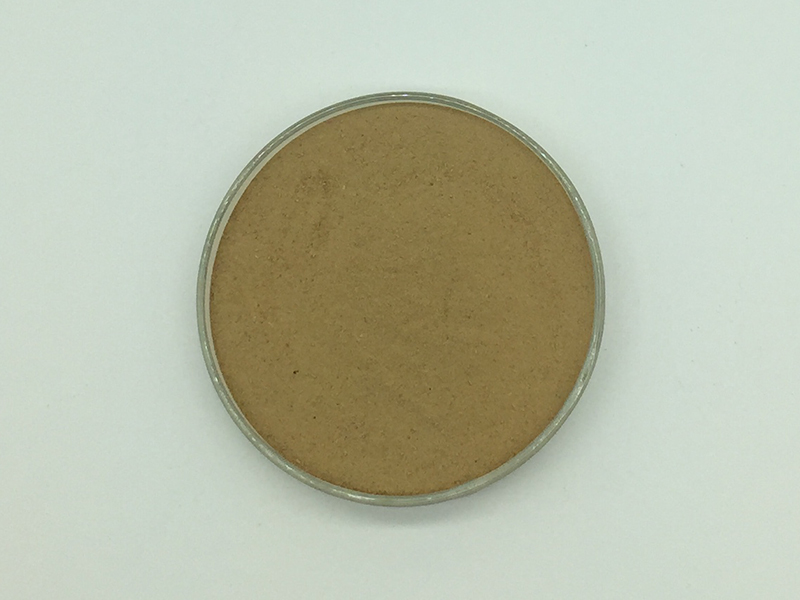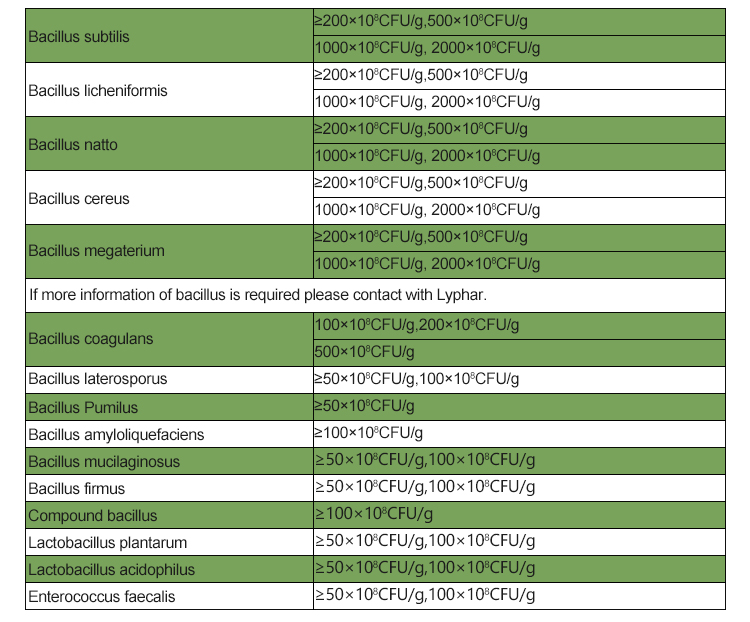Bacillus subtilis is a Gram-positive, rod-shaped bacterium commonly used in various biotechnological and research applications. When discussing the material and methods for working with Bacillus subtilis, it typically involves its cultivation, genetic manipulation, and analysis. Here’s a general overview:
Material of Bacillus Subtilis:
1.Bacillus subtilis Strain:
Obtain a well-characterized strain of Bacillus subtilis. Different strains may have specific features or genetic modifications suited for particular experiments.
2.Growth Medium:
Commonly used media include LB (Luria-Bertani), TB (Terrific Broth), or specialized media like minimal salts medium for specific purposes.
Adjust media components as needed based on the experimental requirements.

3.Agar Plates:
For solid medium, agar plates with appropriate antibiotics or selective agents may be used for plating and isolating colonies.
4.Antibiotics:
Include antibiotics in the medium as needed for selection or maintenance of plasmids. Commonly used antibiotics for Bacillus subtilis include chloramphenicol, kanamycin, erythromycin, etc.
5.Buffers and Salts:
Prepare buffers and salts required for various procedures like DNA extraction, transformation, and other biochemical assays.
6.Chemicals and Reagents:
Use high-quality chemicals and reagents for experimental procedures. This includes salts, sugars, amino acids, and other biochemical reagents.
Methods of Bacillus Subtilis:
1.Cultivation:
Inoculate a single colony of Bacillus subtilis into liquid medium and grow it under appropriate conditions (temperature, pH, aeration) until reaching the desired growth phase.
2.Transformation:
Use appropriate methods for introducing foreign DNA into Bacillus subtilis, such as electroporation or chemical transformation. Treat cells with competent agents to enhance DNA uptake.
3.Selection and Screening:
Plate transformed cells on selective agar plates containing antibiotics or other selection markers to isolate colonies with the desired genetic modifications.
4.DNA Extraction:
Extract genomic DNA or plasmid DNA using standard DNA extraction kits or traditional methods. Purify DNA to remove contaminants.
5.Polymerase Chain Reaction (PCR):
Amplify specific DNA fragments using PCR to check the presence or absence of specific genes or genetic modifications.

6.Protein Expression:
Induce protein expression using appropriate inducible promoters or conditions. Harvest cells, extract proteins, and analyze expression levels.
7.Microscopy and Imaging:
Use microscopy techniques to visualize Bacillus subtilis cells. Staining methods or fluorescent markers can be used for specific cellular components.
8.Analytical Techniques:
Employ various analytical techniques such as Western blotting, enzyme assays, or other biochemical assays depending on the experimental objectives.
Always adhere to proper safety guidelines and ethical standards when working with microorganisms. Specific protocols may vary based on the purpose of the experiment and the strain of Bacillus subtilis used.
